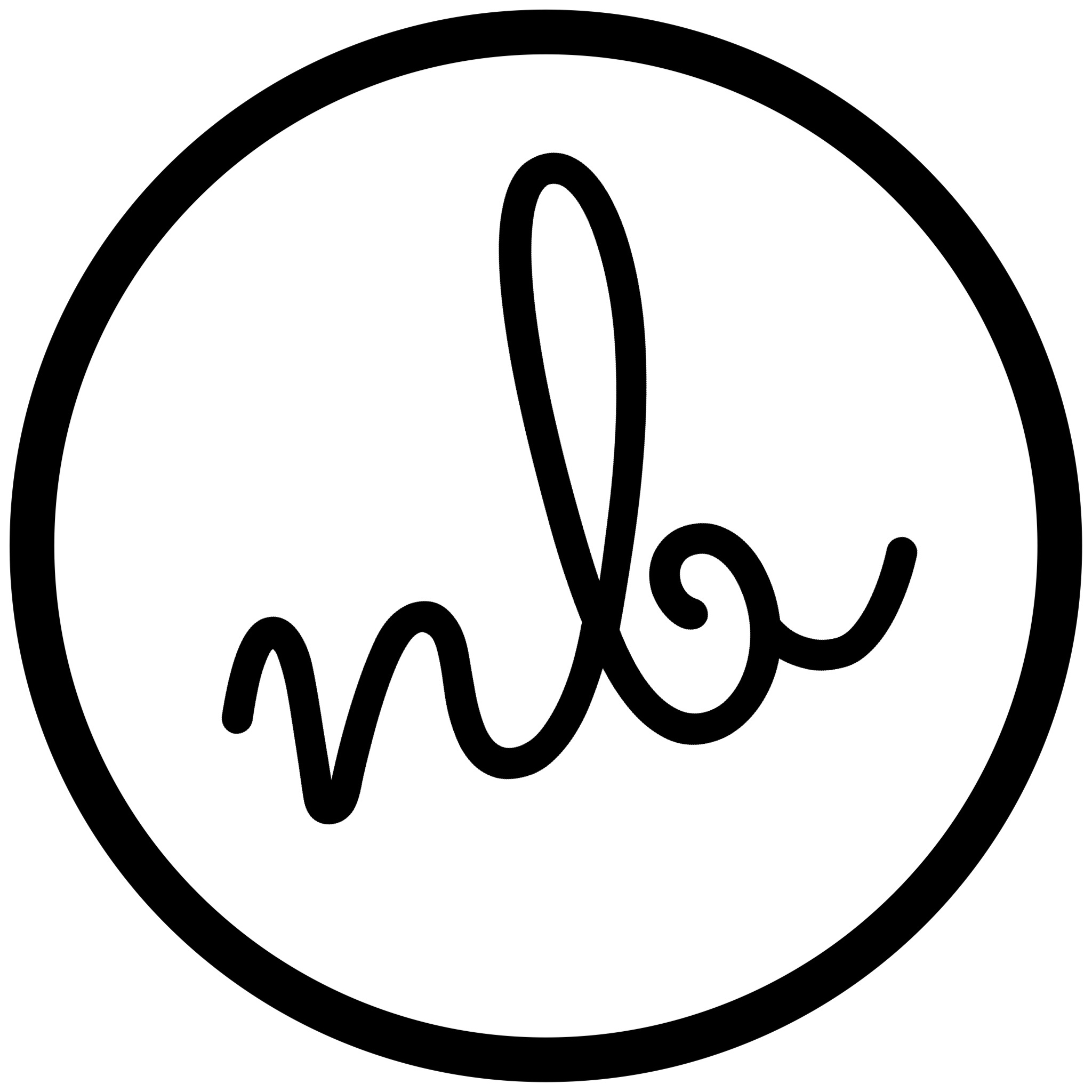Sewing Glossary
- Naturally Bueno

- Sep 6, 2023
- 4 min read
Updated: Feb 6, 2024
Does learning to sew feel like learning a new language? Well, in a way it is. But don't worry. It's one you can understand.

backstitch
You don't want your garment to unravel at the seams, so you'll want to secure the beginning and end of your stitching. This can be done by reverse stitching a few stitches at the beginning and end. If you have an older machine that does not have a reverse function, you have a few options.
Option 1
Set your stitch length to the lowest setting and sew a few short stitches, then set it back to 2.5. Do the same at the end of your stitching.
Option 2
Leave long thread tails at the beginning and end and then tie knots. This works great for darts.
Option 3
Sew a little bit, make sure your needle is all the way down, then lift your presser foot and pivot your fabric in the opposite direction. Sew a little bit and again lift your presser foot and pivot your fabric. Then continue sewing. Do the same again at the end.

baste stitch
Set your stitch length to the longest setting. This can be used in several scenarios. If you are making a garment for the first time and are unsure of the fit, you can first baste the pieces together. Try on the garment. If you need to make changes, unpicking will be easier since the stitch length is longer. It does not need a backstitch in most cases.
This stitch is also used to gather. Sew two baste stitches parallel to each other. Take the bottom threads and pull them. As you pull those threads, your fabric will gather to create fullness. Watch the video to see how it's done!
basting
Temporary hand stitching is used to hold the fabric in place before permanent stitching. This is a great option when you need to be precise and pins pucker your fabric. I like to use this method for sewing zippers or pockets.
bias
The direction of the cloth that runs at a 45-degree angle to the salvage
bias tape
A strip of fabric cut on the bias used to finish raw edges, create binding, or add decorative accents.

bobbin
A small spool used in the bottom of a sewing machine to hold thread.

dart
A triangular fold stitched into a piece of clothing, usually at the bust and waist. Helps mold the fabric to the person.

ease
The extra fabric found in certain parts of a garment, like at the waist or hips.

hem
The finished edge of a garment or fabric that is folded over and sewn in place.

interfacing
An additional layer applied to the inside of garments, or other sewing projects, to add firmness, shape, structure, and support to areas such as collars, cuffs, waistbands, and pockets. It can be stitched in place, or the fusible kind can be pressed with an iron to set the glue into a piece of fabric.

nape
The back of the neck where it meets the top of the spine (this area feels boney). This term is used when taking measurements for pattern making. Usually, you measure from the name to the waist.

notions
Also known as haberdashery. Items used in sewing such as buttons, zippers, lace, and snaps.

overlocker
Also known as a serger. a machine that uses three, four, or five threads to produce a looping stitch that encases the edge of a seam allowance, holding all loose fibers in place.

pinking
The use of scissors with a zigzag blade used to finish raw edges and prevent fraying.

pleats
Fabric that has been folded into parallel folds in calculated increments.

seam
The stitch line created when two pieces of fabric are sewn together.

seam allowance
Most commercial sewing patterns have a 5/8" seam allowance. Be sure to read the directions as this may not always be the case, especially with Indie patterns. It also depends on what you are sewing. Some sewing techniques require a 1/4" or 3/8" seam allowance. So what is seam allowance? It's the space between your seam (where you sew) and the edge of your fabric. A generous seam allowance makes it possible to make changes to your garment if you need to. But will also make it difficult to sew curves. Smaller seam allowances are best for sewing curves.

seam ripper
A tool used to remove stitches.

selvage
The finished edge of the fabric that runs parallel to the grain line.
straight grain
The vertical line of a length of fabric
straight stitch
This is straightforward. As the name suggests, it's simply a stitch that is straight vs. a zig-zag. This is the most common stitch you will use in sewing. The standard settings are a stitch width of 0 and a stitch length of 2.5.

zigzag stitch
This has many applications. Finishing seams to prevent fraying, working with stretchy fabrics, gathering fabric, sewing on patches, decorative stitches, appliques, etc. Be sure to have the correct presser foot. Don't want a broken needle! Standard settings are a stitch width of 3 and a length of 1.5. This can be adjusted to your liking.
warp
the vertical fibers in a piece of cloth, parallel to the selvage
weft
the horizontal fibers in a piece of cloth
Comments